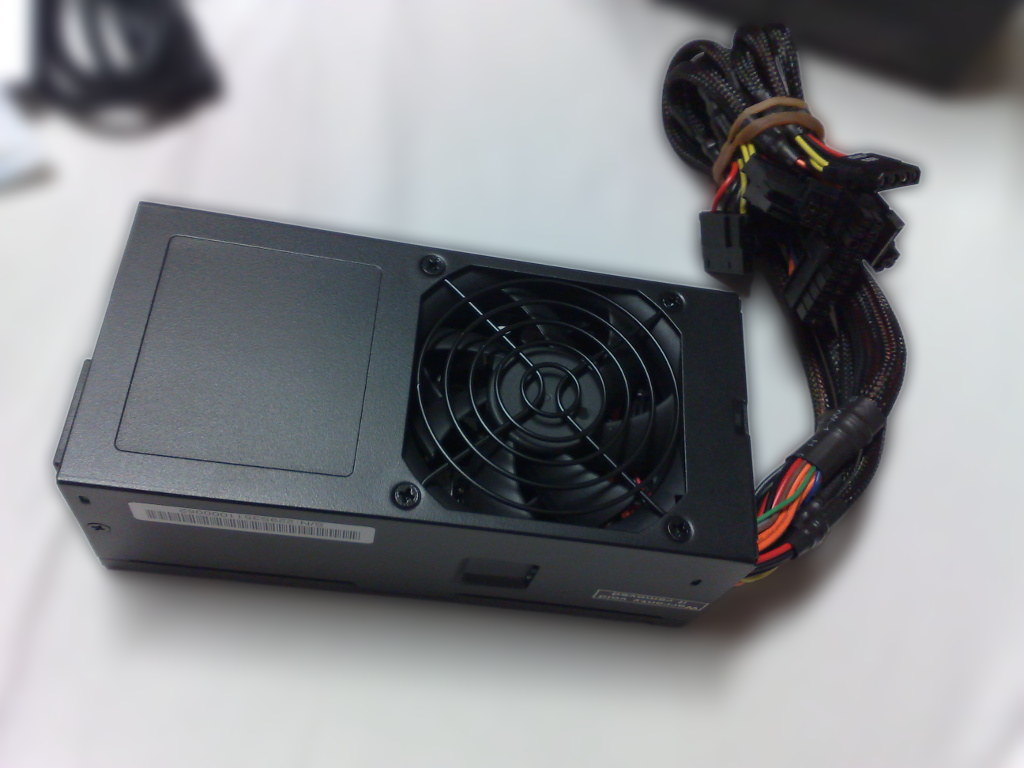
PSU (Power Supply Unit)
In every era of the computer industry, the Power Supply Unit (PSU) has been a vital component. It functions much like the heart of a computer, providing electricity as the heart supplies blood to the body. Without a PSU, a computer cannot function or even power on.
Types of PSUs
In today’s market, several types of PSUs are available, each catering to specific requirements. Below are the most common ones:
- ATX:
- The most widely used form factor for desktop PCs. Standard dimensions are 150 x 86 x 140 mm.
- SFX:
A compact form factor designed for small-sized computers, with dimensions of 100 x 63 x 125 mm.
- TFX:
Another compact option for slim and compact systems, measuring 85 x 70 x 175 mm.
- EPS:
Specifically designed for workstations and servers, these PSUs offer higher power ratings and come in larger sizes.
Additional PSU Form Factors
- Flex-ATX: Ideal for industrial and embedded systems, this form factor combines compact size with moderate power.
- PicoPSU: A highly compact and fanless PSU designed for low-power applications, such as mini-PCs and embedded systems.
Among these, the ATX PSU is the most commonly used globally, especially for desktop computers. Within this segment, there are various power options to suit individual needs.
PSU Power Ratings
The power of a PSU is measured in watts (W), which determines how much energy it can supply to the components. The market offers a variety of wattage options, including:
- 300W
- 400W
- 650W
- 700W
- 750W
- 800W
- 1200W
Emerging Trends in PSU Wattage
- High-Wattage PSUs: Gamers and content creators often opt for PSUs above 1000W to support power-hungry GPUs like the NVIDIA RTX 4090.
- Eco-Friendly PSUs: Lower-wattage options like 300W–400W are gaining popularity for energy-efficient builds, particularly in eco-conscious projects.
How to Choose the Right PSU
- Understanding Power Needs
Each component in your computer, from the CPU to the graphics card, consumes a specific amount of power. Tools like online PSU calculators can help estimate your requirements.
- Checking Efficiency Ratings
Look for PSUs with 80 Plus certifications (Bronze, Silver, Gold, Platinum, or Titanium). A higher certification means less wasted energy and lower electricity bills.
- Future-Proofing Your Build
If you plan to upgrade your system—like adding more powerful GPUs or additional storage—consider a PSU with a higher wattage to accommodate future needs.
- Modular vs. Non-Modular PSUs
- Modular PSUs: Allow you to attach only the cables you need, improving airflow and reducing clutter.
- Non-Modular PSUs: Pre-attached cables can make cable management challenging but are usually more affordable.
Unique Features in Modern PSUs
- RGB Lighting: Some PSUs now include customizable RGB lighting to enhance the aesthetic of gaming rigs.
- Silent Operation: Fanless PSUs are designed for ultra-quiet systems, perfect for home theaters or professional studios.
- Smart PSUs: Modern units can connect to software to monitor performance, power usage, and temperature in real time.
A well-chosen PSU ensures the stability, longevity, and efficiency of your computer. When selecting one, prioritize quality and compatibility to meet your current and future needs.
